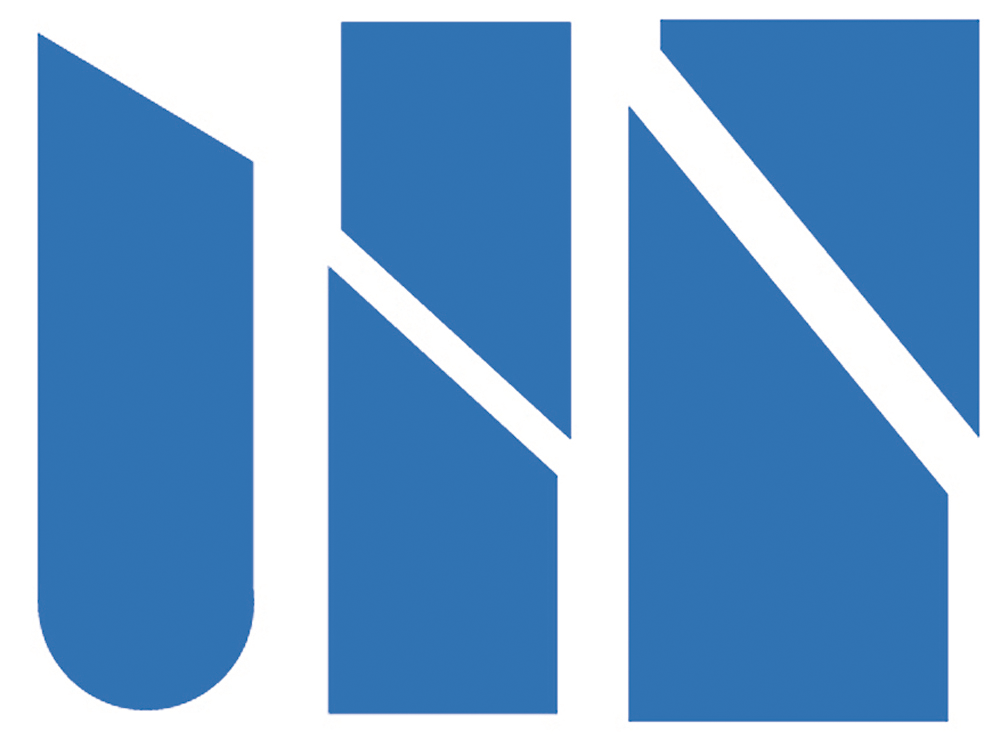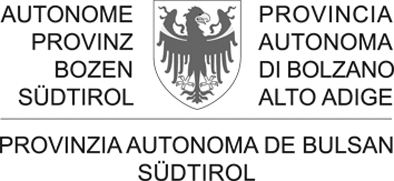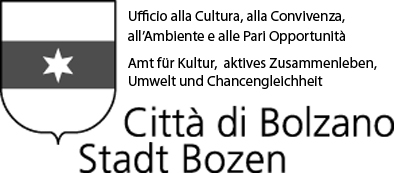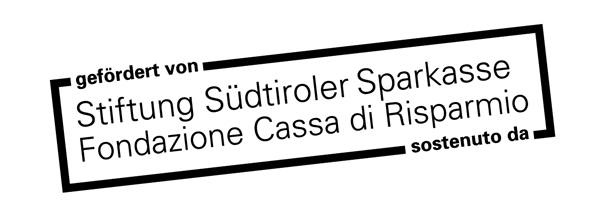Symbolic Actions for our Present Time
A research project aimed at updating two terms: "monument" and "living together"
2010 / 2011
The project entitled "Symbolic Actions for our Present Time" is a series of lectures, discussions, texts, and actions that call for an alternative view of the contemporary and social relevance of a monument—as a thinking space and a place for action—and to activate raised awareness for the symbolism of our present time. It isn’t just about seeing the many different perspectives, history and memory as intrinsic constants of our age, but also about the possibility of imparting sustained expression to our thoughts and actions, which are rooted in our contemporary world. The city of Bolzano and the region of South Tyrol are the places of action and the points of departure: the coexistence and interaction of different individuals is their key characteristic and also a development opportunity for the future. The project seeks to link the two terms "monument" and "living together", update them, and expand on them; through this process, the project will be developed with a research and a joint action between the invited artists and designers and the curators of the project.
"Symbolic Actions for our Present Time" is an initiative of the project-space Lungomare. The project is divided into two interlocking, overlapping phases: research, and a series of actions within the public space of the city of Bolzano. This open and applied research begins with a research week at the end of October 2010. The research will continue to be further developed throughout the life of the project and documented on the website symbolicactionsforourpresent.lungomare.org. The online glossary summarises important basic concepts, creates connections, and places viewpoints in opposition to one another. The Brave New Alps artists’ collective, the artists Jacopo Candotti and Helmut Heiss, the architects Eva Mair and Katherina Putzer, and the designer Maja Malina are developing the project together with the curators and will follow-up with a partial result in 2011—an action and initiative for the public space of the city of Bolzano.
The starting point and the development of the project
A monument is, as a rule, an object that commemorates, immortalises, is inactive and demands a place in the public sphere. It occupies space. It ordains and defines from its own unique perspective. A monument strengthens the representation of political power and legitimises events of the past, often from a unilateral perspective. It is an expression of iconographic symbolism: a monument takes often an absolute view of historical events without questioning them or pausing for public or critical discussion.
What if a monument had a manifold and divergent function, and represented a space that was against any type of specific ideology? What if the monument would demand "action and counteraction"1 and would be aware of the objective facts of history yet analyse them critically, comparing their relevance to and consequences for how we live now. What if it was a space that consciously initiates public debate and discussion and that provokes people to rethink their views: a place that would not portray a one-sided and static historiography, but that would become an active and participative mental space? What about a monument that is flexible, constantly redefines itself, and adapts to its surroundings? What if it was a monument that does not state but doubts: a monument that does not simplify, but demands complexity and diversity? What if the monument would lay down no borders, claim no territory for itself, and represent no particular ethnic group or national integrity? What if it stood instead against ethnic divisions and homogeneity and for "contamination" 2 and collectiveness? What about a monument that would see identity as something that mutates, that becomes perpetually more mutable and more varied; a monument that sees human beings as open and free?
We would like to experiment with developing a contemporary monument as a symbolic representation of our time. The site would be Bolzano, the capital of South Tyrol and the northernmost autonomous province in the Republic of Italy. The theme of the monument would be various ethnic groups living together. The relevance of the monument would not be geographically limited: Bolzano would merely be a point of departure. The city has already become a role model in the field of ethnic conflict resolution and a model city for the peaceful coexistence of several linguistic groups. Where are we really, though, and where would like we to go in the future? When would be the right point in time to dream up such a monument? Is there such a thing? Is it now: in the year 2010? Will we think back and consider the question of coexistence to be passé? Or will we find ourselves in the middle of a quest for commonality and unity? If so, what characteristics would a monument based on these assumptions have, and will it become a counter monument?
1 Mihnea Mircan, As Big As: Polemic Strategies for the Contemporary Monument
2 Siegfrieds Baur, Identity in South Tyrol, based on Alexander Langer’s Ten Theses for Living Together Peacefully
An open and applied research project, an action and campaign in the public space
The project will commence with a research week that will be held between October 25th and 30th, 2010. A total of 36 people—including historians, journalists, philosophers, curators, architects, artists, designers, writers, political scientists, and sociologists—will conduct a week-long research session at the Lungomare offices: the objective will be to observe the thematic starting point of the project from a broad perspective. The exchange of ideas and opinions worked out over the course of the week will provide the point of departure for a joint action and campaign carried out in the public spaces of the city by seven designers and artists throughout the course of the year 2011. The question remains open whether this action and campaign will in fact result in a monument or whether the concept of a monument will be demarcated in such a way that this project cannot be defined as such.
During the preliminary and execution phases, the research project develops further and—following the initial input as part of the research week—takes the concrete form of a glossary on the website of the research project the research develops. The glossary will be a compilation of all the important terms that come up over the course of the debate, create links and distinctions between them, and put forth opposing opinions.
To follow the project, please visit our website: www.symbolicactionsforourpresent.lungomare.org
The Concurrent Project: "Elective Neighborhoods"
In the fall of 2010, the curators invited artists Laura Lovatel and Federica Menin to create a concurrent project: an instrument of communication that allows for exploration—together with the inhabitants of the town—of the theme of living together. They have initiated an online blog about communities living together.
The blog, entitled “Elective Neighborhoods”, starts from an independent point of view and explores the central theme of urban identity: living. The residential community, as a special, cooperative form of life becomes the object of research: it is a tangible and social space—in small as well as large cities— that goes beyond family, in which the private sphere is shared with others. What we call “Elective Neighborhoods” already exists as local networks in which people help each other to solve specific tasks that are part of a common area of interest. More than ever, students, employees and sometimes several couples or families create living units with very different compositions. These living unites reflect the society of our time, and are a typical development of urban life. The Elective Neighborhoods blog will investigate the various forms, motives, types of communities, feeling of community, and spatial arrangements that form part of communal life in Bolzano. Visits to Bolzano's various residential communities lead to moments in which their inhabitants reflect their constitution.
Visit the blog: http://vicinatoelettivo.org/lungomare

CURATED BY
Angelika Burtscher, Daniele Lupo
WITH
BRAVE NEW ALPS
is a design collective consisting of Bianca Elzenbaumer and Fabio Franz. They have been working together since 2005 under the name Brave New Alps.
www.brave-new-alps.com
JACOPO CANDOTTI
lives in Bolzano and has put on eighty kilos. He doesn’t read comics and has never been married. He doesn’t like e-mail adresses and childrens. He has never organized a party in his life, but he has lost forty-five kilos.
HELMUT HEISS
born in 1976 in Bolzano, lives and works in Vienna. 2002 Diploma in painting at the Accademia di Belle Arti di Bologna. 2008 Diploma in performance and sculpture at the Academy of Fine Arts, Vienna with Monica Bonvicini.
www.heisshelmut.priv.at
EVA MAIR
lives and workes in Bolzano. Architectural Studies at the TU Graz and the ETSAV Barcelona. Collaboration with Arch. Erich Prödl (2003-2005) and currently with Arch. Walter Angonese. http://evamair.xarch.eu/
MAJA MALINA
born 1983 in Novi Sad (Serbien), designer, lives and works in Isola Rizza.
KATHERINA PUTZER
born 1983 in Bolzano, lives and works in Oslo. Collaboration with NL architects in Amsterdam, feld72 – architecture and urban strategies in Vienna and Pardeller-Putzer-Scherer in Bolzano. Since 2010 she works at Tandberg Architects in Oslo.
------------------------
WITH THE SUPPORT OF:






![]()


